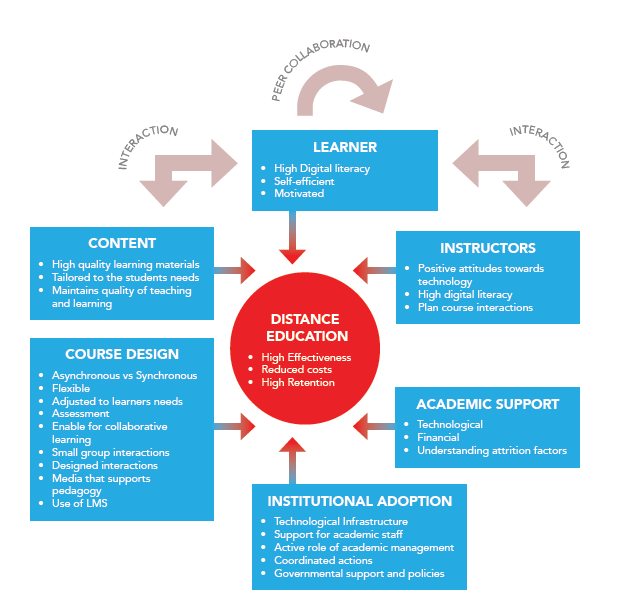introduction
In the last ten years, I have participated in more than 30 online and distance courses. Distance learning or online learning involves taking a course or learning via the Internet via a computer. Online learning can be used as a method to secure knowledge for reasons of interest, organizational needs, or to obtain a PhD. Primary schools use online activities to teach various subjects and homework. Online courses are synchronous or asynchronous. Synchronous learning is a live learning that takes place at the same time as a teacher presents the course. Here, the student and teacher participate in the process using a microphone, headphones, monitor, computer, and video camera. Asynchronous means that the course has an Internet address or a website URL and that the learner connects to the website to study, engage in a discussion or take a test. The student can take the course 24 hours a day, 7 days a week.
The story
Internet learning 10 years ago was a developing phenomenon. The course developers presented their courses in synchronous format, but the video stream did not match the audio or the video came from the Internet in a fragmented way. These programs have generally failed and have been replaced in the meantime by exploitable platforms with minor problems. These teachers are exacerbated by the lack of pedagogical experience of teachers and the combination of these elements places the potential learner online in a situation of double jeopardy that causes him to lose because of poor program or platform development. and an inappropriate teaching interaction. The teacher sets the course apart from the standards of appropriate teaching practice and / or lacks human relations skills to respond to student problems appropriately. Let’s take a look at some of the current problems with online programs and the inappropriate teaching approach indicators that are usually found in the course requirements.
Learning issues related to online delivery
A problem for the initiator and instructor of the program is the ease of use of various applications during synchronous presentations. In order to use synchronous platforms, the student must have access to the tabs on his screen to answer questions, ask questions, perform exercises or generally work on his screen. Applications sometimes cover the screen or animate pop-up prevention devices that prohibit further activity or freezing the screen. In some cases, this forces the student to undergo a tedious login process that disrupts the learning process. This problem is indicative of the fact that the synchronous platform is unreliable / or that there is a mismatch between the instructor program and the student body. Over the last ten years, I have encountered 4 cases of mismatch or online learning problem that could pose serious problems, especially in cases where the previous cognitive learning pattern did not correspond to new ones. changes not mentioned in a permanent platform or the assumption made by a new online instructor that students in the online class master the instructor version. In one case, the instructor insisted that textbooks be used before the start of the course so that the concept of “course binder” is used as a textbook, which is not a textbook. The students felt that the course package as a third choice was a combo manual. It turned out that the online course provider never noticed that this word meant additional readings chosen by the instructor and referred to as manual, but simply consisted of a few pages of various writings for a few dollars less than both manuals. In this case, the student paid a fee for the course (the course bag was not needed) and was late for the first day because the books were not ordered on time.
